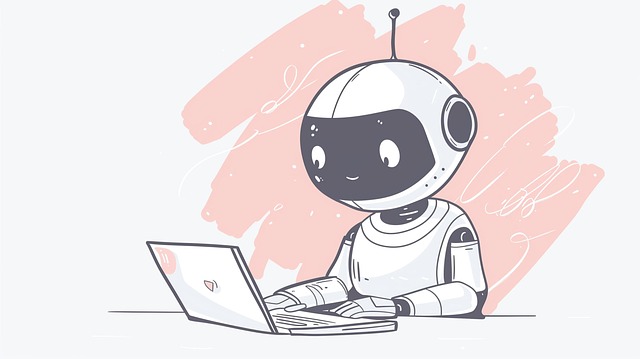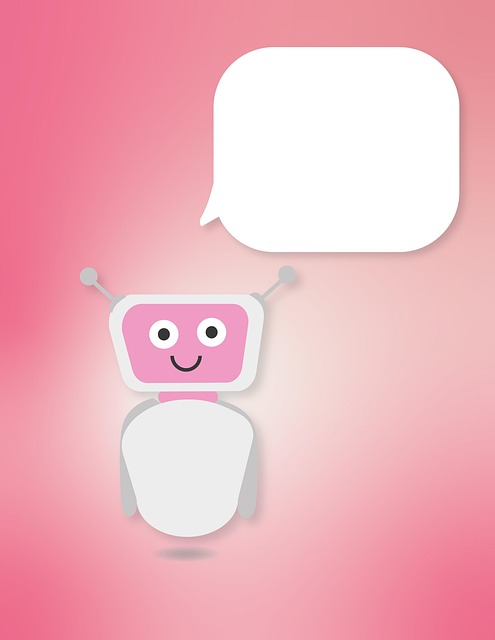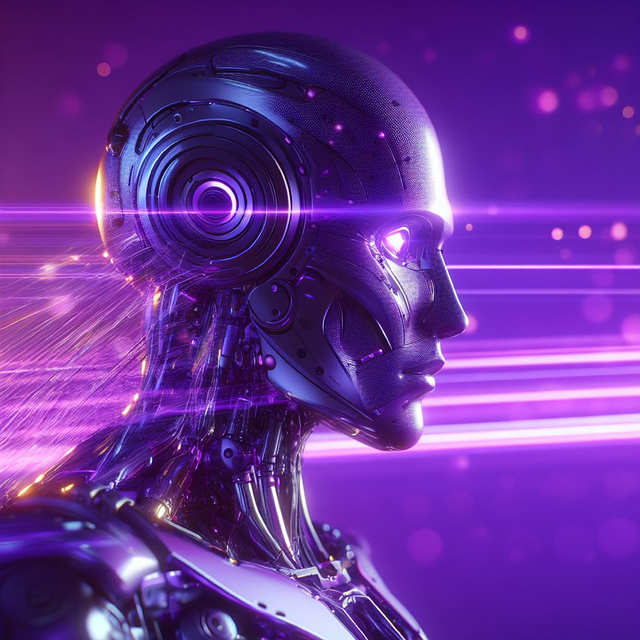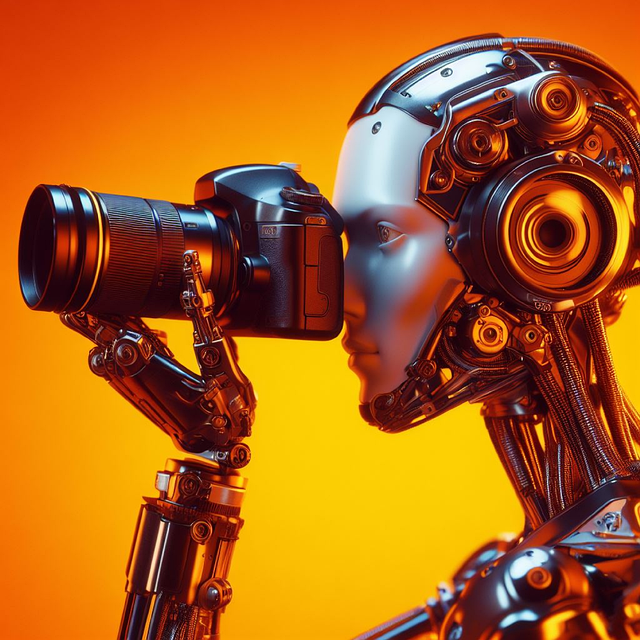Open-source Chatbots (OChatbots) democratize AI development by allowing anyone to build, modify, and distribute chatbot code. With platforms like OChatbot, developers can create free AI chatbots with minimal coding knowledge, leveraging open-source libraries and frameworks for faster development and advanced features. Defining the chatbot's purpose and target audience is crucial. Crafting effective conversation flows involves mapping user queries, using NLP for accurate interpretation, and adding interactive elements. High-performing chatbots rely on quality training data, including relevant datasets and machine learning algorithms. Successful deployment across channels is followed by continuous improvement based on user feedback and analytics.
Creating an AI Chatbot has never been easier with the availability of powerful yet accessible tools. This comprehensive guide explores how to build your own intelligent conversational agent using free AI chatbot platforms. From understanding the fundamentals of OChatbot and leveraging its capabilities to defining your chatbot’s purpose for specific audiences, we cover every step. Learn about designing engaging conversation flows and training your chatbot with relevant data to enhance performance. Discover best practices for deployment, monitoring, and continuous improvement.
- Understanding OChatbot and Free AI Chatbot Tools
- Defining Your Chatbot's Purpose and Target Audience
- Designing the Conversation Flow and User Experience
- Training and Feeding Data to Enhance Performance
- Deployment, Monitoring, and Continuous Improvement
Understanding OChatbot and Free AI Chatbot Tools

An OChatbot, or Open-source Chatbot, is a type of AI chatbot developed and shared under an open-source license, allowing anyone to access, modify, and distribute its code. This collaborative approach fosters innovation and enables developers worldwide to contribute to and improve these chatbots’ capabilities. Understanding the inner workings of an OChatbot is a crucial step in creating your own or utilizing existing free AI chatbots.
Free AI Chatbot tools have gained immense popularity due to their accessibility and ease of use. These platforms offer users the ability to build, train, and deploy chatbots without the need for extensive coding knowledge. Many open-source libraries and frameworks provide pre-trained models and intuitive interfaces, making it simpler to integrate advanced AI features into your chatbot. By leveraging these free resources, developers can expedite the development process and focus on tailoring their chatbots to specific use cases and industries.
Defining Your Chatbot's Purpose and Target Audience

Defining your chatbot’s purpose and target audience is a critical step in creating an effective AI chatbot. Before you begin developing, consider what specific problem your chatbot aims to solve or what task it will perform for users. Different chatbots serve various purposes – from providing customer support and answering FAQs, to offering personalized recommendations and entertainment. For instance, if your focus is on customer service, the chatbot should be able to handle common inquiries and guide users towards relevant resources.
When identifying your target audience, think about their demographics, needs, and preferences. Understanding user expectations will help you tailor the chatbot’s responses, conversation flow, and overall user experience. For example, a chatbot designed for younger users might adopt a more casual tone and incorporate interactive elements, while one aimed at professionals could provide concise, data-driven answers. Moreover, utilizing free AI chatbot platforms and tools can make this process more accessible, allowing you to experiment and iterate quickly. OChatbot, for instance, offers a user-friendly interface and robust features to get your chatbot project off the ground without requiring extensive coding knowledge.
Designing the Conversation Flow and User Experience

When designing the conversation flow and user experience for an AI chatbot, like a free AI chatbot or ochatbot, it’s crucial to map out potential user queries and tailor responses accordingly. Start by identifying common user intents—like information requests, troubleshooting, or sales inquiries—and create a decision tree that guides the chatbot through these interactions. This involves defining branching points, where the chatbot asks clarifying questions or offers relevant options based on the user’s input.
A well-designed conversation flow ensures smooth navigation and keeps users engaged. Utilize natural language processing (NLP) to interpret user inputs accurately and provide contextually appropriate responses. Consider incorporating interactive elements like buttons or drop-down menus for multi-choice questions, making the interaction more dynamic and enhancing the overall user experience.
Training and Feeding Data to Enhance Performance

To create an effective free AI chatbot like oChatBot, training and feeding quality data are paramount. The process involves gathering relevant datasets that represent the conversational scenarios your chatbot will encounter. This can include customer service interactions, common user queries, or domain-specific knowledge bases. Once collected, these data sets are used to train the chatbot’s underlying language model.
During training, the model learns to recognize patterns, understand context, and generate appropriate responses by analyzing vast amounts of text from the datasets. Techniques like machine learning and deep learning algorithms facilitate this learning process. Regular updates with fresh data further enhance the chatbot’s performance, ensuring it stays current and accurate in its interactions.
Deployment, Monitoring, and Continuous Improvement

Once your AI chatbot is developed and ready, deployment is a crucial step in bringing it to users. Many platforms offer the option to create and host free AI chatbots, making this process more accessible than ever. OChatbot, for instance, provides an intuitive interface for deploying chatbots across various channels like websites, messaging apps, or social media platforms.
Monitoring the performance of your chatbot is essential for its long-term success. Regularly analyze user interactions, feedback, and conversation logs to identify areas for improvement. Continuous improvement ensures your chatbot stays relevant, accurate, and engaging. By iterating based on user insights, you can enhance its capabilities, refine responses, and even expand its knowledge base over time, creating a more valuable and reliable free AI chatbot experience.
Creating an AI chatbot is no longer a complex task thanks to readily available free AI chatbot tools like OChatbot. By understanding your target audience and defining the chatbot’s purpose, you can design effective conversation flows and train data for enhanced performance. Continuous monitoring and improvement ensure your chatbot stays relevant and useful. Embrace this innovative technology today and leverage free ai chatbots to elevate user experiences.
